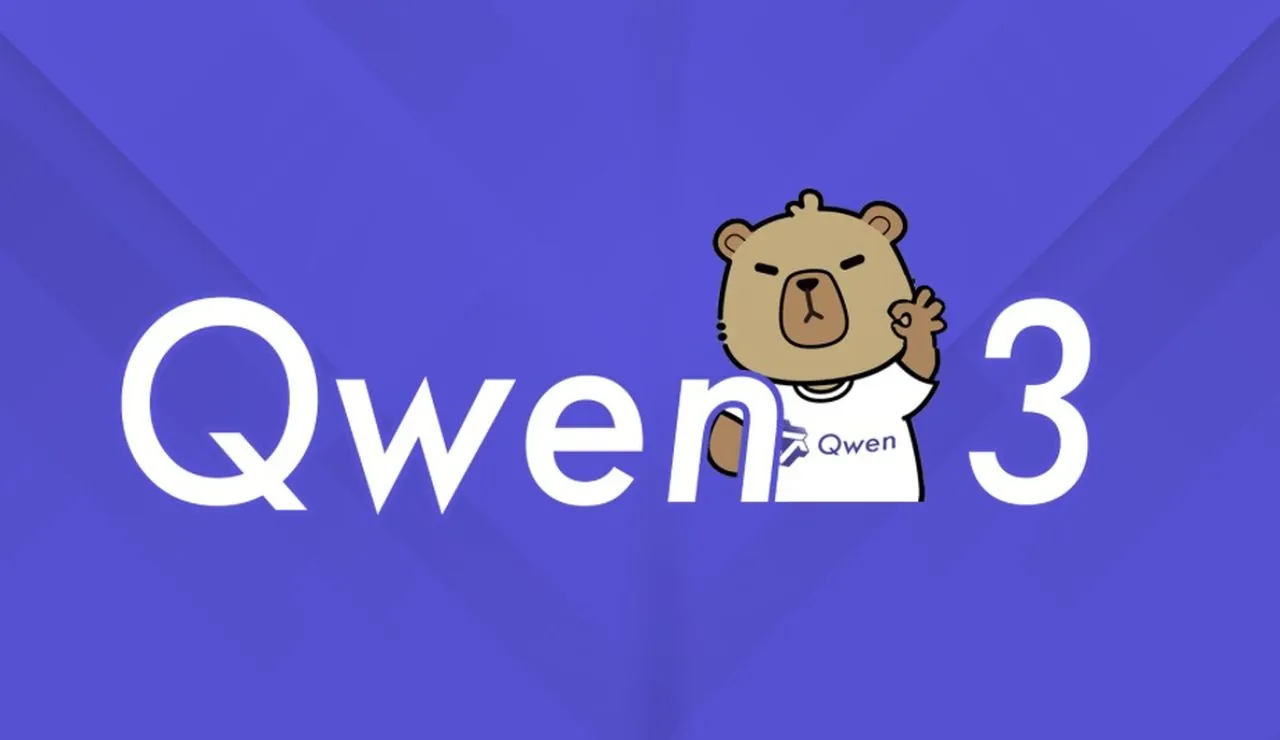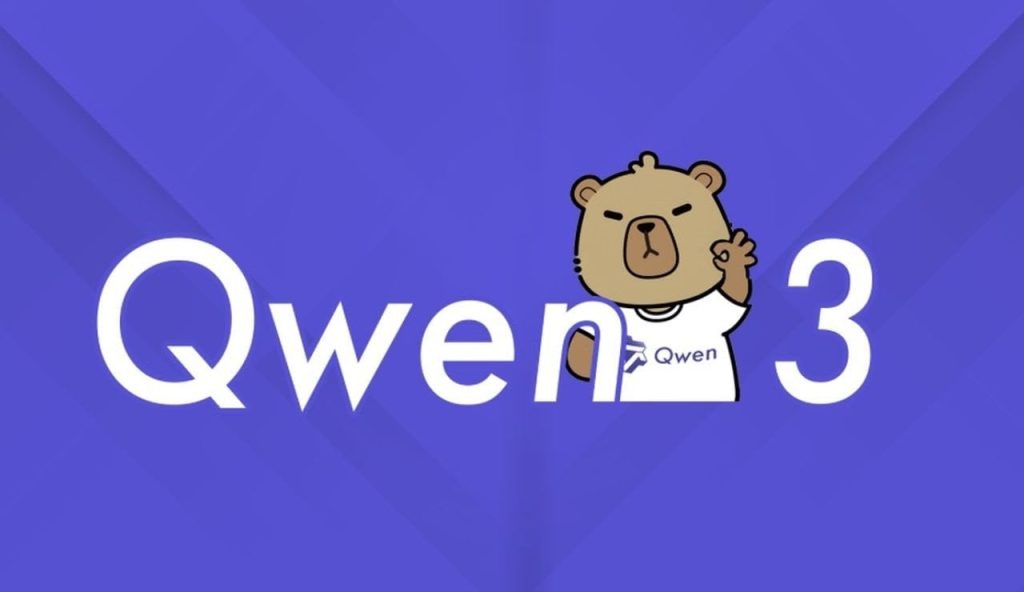
What if your next coding partner wasn’t human but a innovative AI capable of generating complex algorithms, solving logic puzzles, and even offering nuanced ethical advice? Enter Qwen3 Coder AI, an open source model developed by Alibaba, which has been making waves in the tech world. From crafting a 3D physics simulation to analyzing a book-length dataset for hidden passwords, this AI promises to redefine what’s possible in software development and beyond. But can it truly deliver on its bold claims, or does it falter in critical areas like spatial reasoning and censorship handling? This feature takes a deep dive into Qwen3’s capabilities, offering an honest look at its strengths, limitations, and the implications for developers and industries alike.
Matthew Berman uncovers how Qwen3 excels in code generation, handles vast data contexts with ease, and even navigates ethical dilemmas with surprising empathy. Yet, its uneven performance in spatial tasks and occasional over-censorship reveal a work in progress. Whether you’re a developer seeking efficiency, a researcher analyzing large datasets, or simply curious about the future of AI, Qwen3 offers a fascinating glimpse into what’s next for artificial intelligence. As we unpack its potential and pitfalls, one question lingers: how far can we trust AI to shoulder the complexities of human creativity and judgment?
Qwen3 Coder AI Overview
TL;DR Key Takeaways :
Qwen3 AI excels in code generation, producing functional solutions across multiple programming languages, though minor errors may require manual corrections.
It demonstrates strong reasoning abilities but struggles with spatial understanding, limiting its effectiveness in tasks requiring advanced spatial precision.
The model’s ability to process large context windows (up to 1 million tokens) makes it ideal for tasks like text mining, document summarization, and large-scale data analysis.
Qwen3 balances censorship and bias by providing neutral responses to sensitive topics, though over-censorship can hinder adaptability in nuanced scenarios.
Its open source nature and customizability allow for tailored applications, making it a cost-effective and versatile tool for developers and organizations.
Code Generation: A Reliable Asset for Developers
Qwen3 AI has demonstrated exceptional proficiency in generating functional code across multiple programming languages. It successfully created complex solutions, such as a 2D Navier-Stokes solver and a 3D physics simulation using 3JS. Additionally, it showcased its versatility in Python by generating code for hand-tracking applications. However, minor issues, such as flipped camera interpretations in Python outputs, were observed, indicating the need for occasional developer oversight.
Strengths: Accurate and efficient code generation for diverse programming tasks, reducing development time.
Limitations: Minor errors in output, such as misinterpretations, necessitate manual corrections.
For developers, this capability positions Qwen3 as a valuable tool for streamlining coding tasks while maintaining functionality and efficiency.
Reasoning and Spatial Understanding: Promising Yet Uneven
The model displayed strong reasoning abilities, solving logic-based problems and performing tasks like counting letters in words. However, its spatial reasoning capabilities were less robust. For instance, it struggled with tasks requiring precise spatial analysis, such as simulating cube rotations or collision detection in 3D environments.
Reasoning: Effective in abstract problem-solving and logical tasks, such as puzzles or text-based reasoning.
Spatial Understanding: Limited performance in tasks requiring advanced spatial reasoning, such as robotics or 3D design simulations.
These results suggest that while Qwen3 excels in abstract reasoning, it may not yet be suitable for applications demanding high levels of spatial precision.
Qwen3 AI: A Deep Dive into Its Capabilities and Limitations
Dive deeper into Qwen3 with other articles and guides we have written below.
Large Context Handling: A Standout Capability
One of Qwen3 AI’s most impressive features is its ability to process and analyze large datasets. It successfully located a password hidden within the full text of a book, demonstrating its capacity to handle extensive context windows of up to 1 million tokens. This capability is particularly valuable for tasks involving large-scale data analysis.
Applications: Ideal for text mining, document summarization, and large-scale data processing.
Strength: Efficiently processes and extracts relevant information from vast datasets, saving time and effort.
This feature positions Qwen3 as a powerful tool for industries requiring comprehensive data analysis, such as research, legal, and financial sectors.
Censorship and Bias: Balancing Sensitivity and Usability
When addressing sensitive topics, Qwen3 Coder AI exhibited a dual approach. It often provided generalized or evasive responses to politically sensitive queries, such as those about Tiananmen Square. Simultaneously, it maintained neutrality in politically charged questions, avoiding overt bias. However, this cautious approach occasionally resulted in over-censorship, which could hinder its usability in certain contexts.
Strengths: Balanced and impartial responses to politically sensitive topics, making sure ethical compliance.
Limitations: Over-censorship may restrict its adaptability in specific scenarios requiring nuanced responses.
This duality highlights its potential for applications requiring neutrality, though refining its censorship mechanisms could enhance its broader applicability.
Ethical and Empathetic Responses: A Human-Centric Approach
Qwen3 Coder AI demonstrated thoughtful and empathetic responses in ethical and emotional scenarios. It provided nuanced advice for life-altering decisions and tackled moral dilemmas, such as the trolley problem, with care and contextual understanding. This capability makes it suitable for roles requiring emotional intelligence.
Applications: Effective for mental health support, customer service, and other roles requiring empathy and ethical reasoning.
Strength: Delivers empathetic and contextually appropriate responses, enhancing user trust and engagement.
This human-centric approach enhances its value for use cases where emotional intelligence is critical, such as counseling or customer interaction.
Medical and Legal Applications: Emerging Potential
The model showed promising results in specialized fields like medicine and law. It demonstrated accuracy in diagnosing medical conditions and suggesting management plans, though human oversight remains essential. In legal contexts, it adhered to ethical boundaries, refusing to assist with illegal requests, such as instructions for hotwiring a car.
Medical: Potential for diagnostics and treatment planning, provided outputs are verified by qualified professionals.
Legal: Offers guidance while maintaining ethical compliance, making sure responsible use.
These results indicate its potential for specialized applications, provided its outputs are carefully reviewed by experts in the respective fields.
Customizability and Open source Flexibility
As an open source model, Qwen3 Coder AI offers significant flexibility. Its cost-effectiveness and ability to handle large context windows make it accessible for a wide range of applications. Moreover, it can be fine-tuned to adjust censorship levels or bias, allowing users to tailor it to specific needs.
Strengths: Highly adaptable and customizable for diverse use cases, from education to enterprise solutions.
Appeal: Ideal for organizations seeking tailored AI solutions without incurring high costs.
This adaptability enhances its appeal for developers and businesses looking for scalable, customizable AI tools.
Limitations and Areas for Improvement
Despite its strengths, Qwen3 Coder AI has notable limitations. It occasionally made errors in reasoning tasks, such as misidentifying the third word in a response. Spatial simulations, like collision detection, also showed inaccuracies. Addressing these shortcomings will be crucial for expanding its applicability.
Reasoning: Needs improvement in handling complex logical tasks and making sure consistent accuracy.
Spatial Understanding: Requires enhancements for precise simulations and advanced spatial analysis.
By addressing these limitations, Qwen3 Coder AI could unlock its full potential and broaden its range of applications.
Final Thoughts on Qwen3 Coder AI
Qwen3 Coder AI stands out as a robust open source model with strengths in code generation, large-context processing, and ethical decision-making. While it demonstrates promising reasoning abilities, its spatial reasoning and censorship handling require further refinement. Its open source nature and customizability make it a versatile tool for developers and organizations. By addressing its limitations, Qwen3 Coder AI has the potential to become an indispensable asset in the rapidly evolving field of artificial intelligence.
Media Credit: Matthew Berman
Filed Under: AI, Top News
Latest Geeky Gadgets Deals
Disclosure: Some of our articles include affiliate links. If you buy something through one of these links, Geeky Gadgets may earn an affiliate commission. Learn about our Disclosure Policy.

